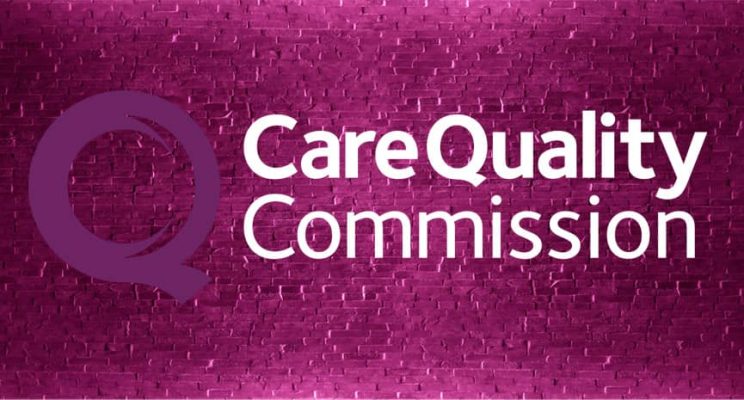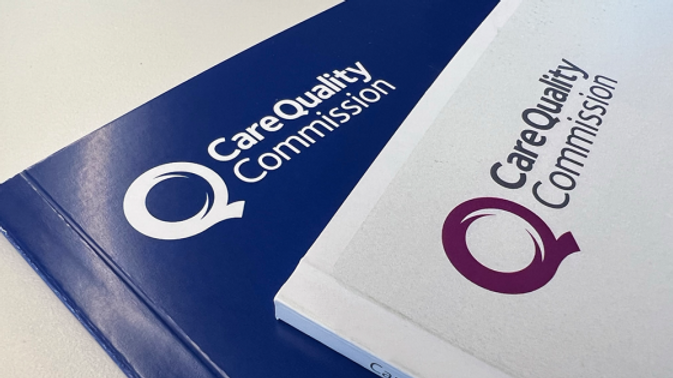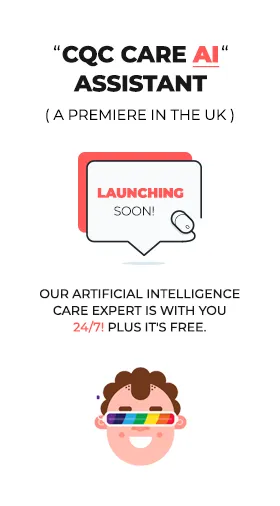Safeguarding Confidential Information in CQC Compliant Care Services
In today’s healthcare environment, the protection of confidential information is paramount, particularly in Care Quality Commission (CQC) compliant care services. Adhering to stringent confidentiality protocols not only ensures compliance with legal and ethical standards but also fosters trust between care providers and service users. This article outlines key strategies for handling confidential information within care services.
1. Implementing a Robust Confidential Information Policy
A foundational step is to establish a comprehensive policy underscoring the right of service users to expect that their personal and healthcare information remains confidential. This policy should be an integral part of your care service ethos, clearly communicated to all stakeholders.
2. Contractual Obligations for Staff
To reinforce the importance of confidentiality, it’s essential to include a clause in all staff contracts or terms of conditions. This clause should obligate staff members to uphold the confidentiality of service users, with a clear indication that any breach not only violates the service user’s trust but also the contractual agreement with the employer.

3. Transparent Information Usage
Transparency is key. Informing service users about how their information will be used is crucial. They should be made aware of their rights, including the option to opt-out of certain uses of their information, thus ensuring informed consent.
4. Involving Legal Representatives
When dealing with individuals who have a legal power of attorney, especially concerning health and welfare, it’s vital to keep these representatives fully informed about the person’s care, treatment, and related decisions.

5. Establishing Secure Systems and Procedures
Developing robust systems, processes, and procedures is essential to prevent unauthorized information disclosure. However, certain exceptional circumstances might necessitate disclosure, such as legal requirements, judicial proceedings, public interest, or situations involving individuals unable to give consent.
6. Understanding and Obtaining Express Consent
Staff should be trained to understand and seek “express consent,” which can be verbal or written. While verbal consent suffices for everyday interactions, written consent is crucial for disclosing information to third parties or obtaining significant information from them, provided it’s legally permissible.

7. Training to Prevent Breaches
Accidental or deliberate breaches of confidentiality can be significantly reduced through comprehensive staff training. This training should emphasize the importance of confidentiality and the potential consequences of breaches, including disciplinary actions.
8. Adherence to Professional Codes of Practice
Staff should be aware that any failure to respect an individual’s confidentiality rights is not only a breach of trust but also a violation of their professional Code of Practice, warranting serious disciplinary measures.
In conclusion, effectively handling confidential information in CQC compliant care services requires a multifaceted approach. By implementing strong policies, ensuring contractual obligations, maintaining transparency, developing secure systems, understanding consent, providing thorough training, and adhering to professional standards, care services can safeguard the privacy and dignity of those they serve. This commitment to confidentiality not only meets regulatory requirements but also reinforces the foundation of trust and professionalism essential in healthcare.






